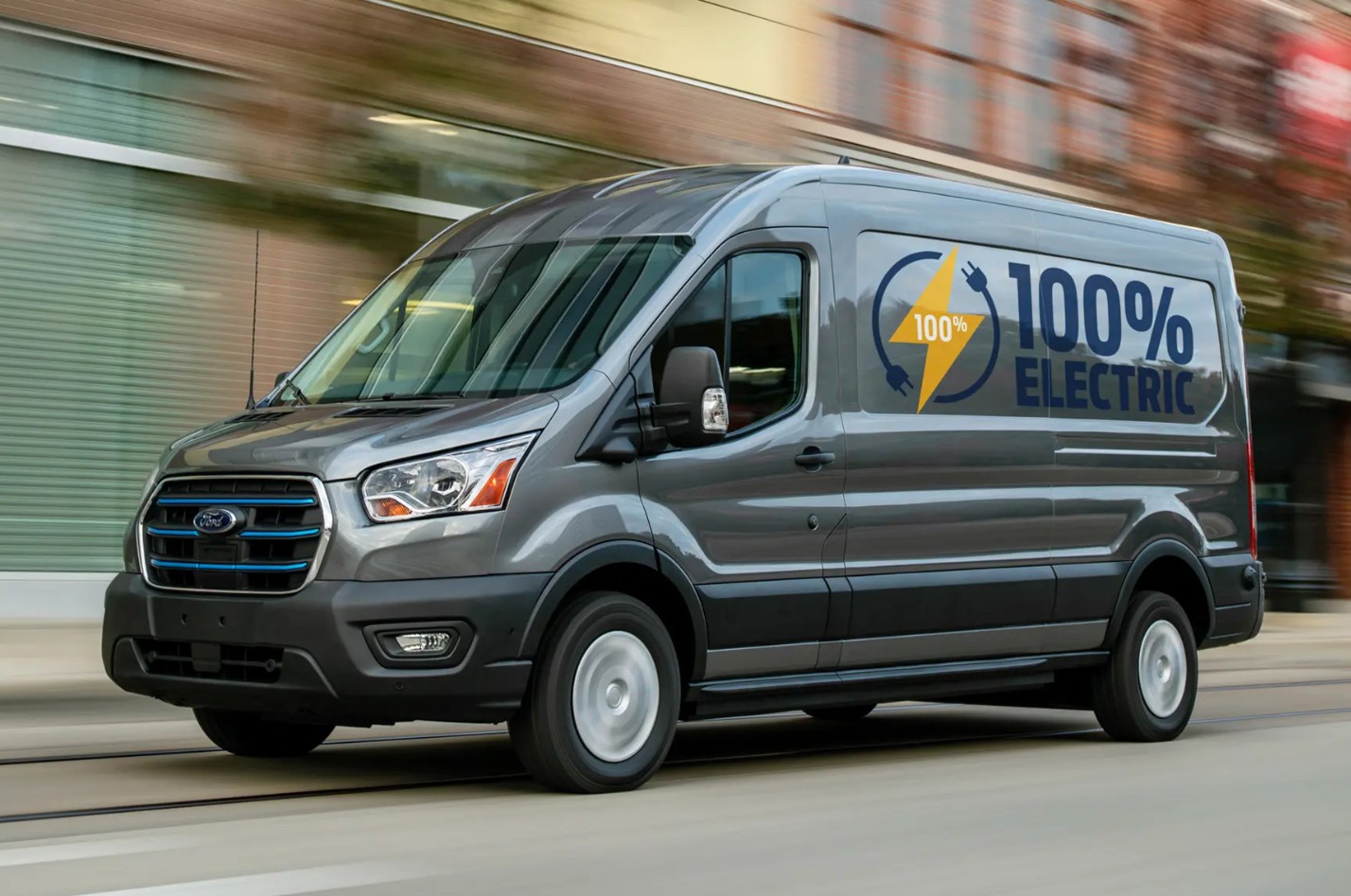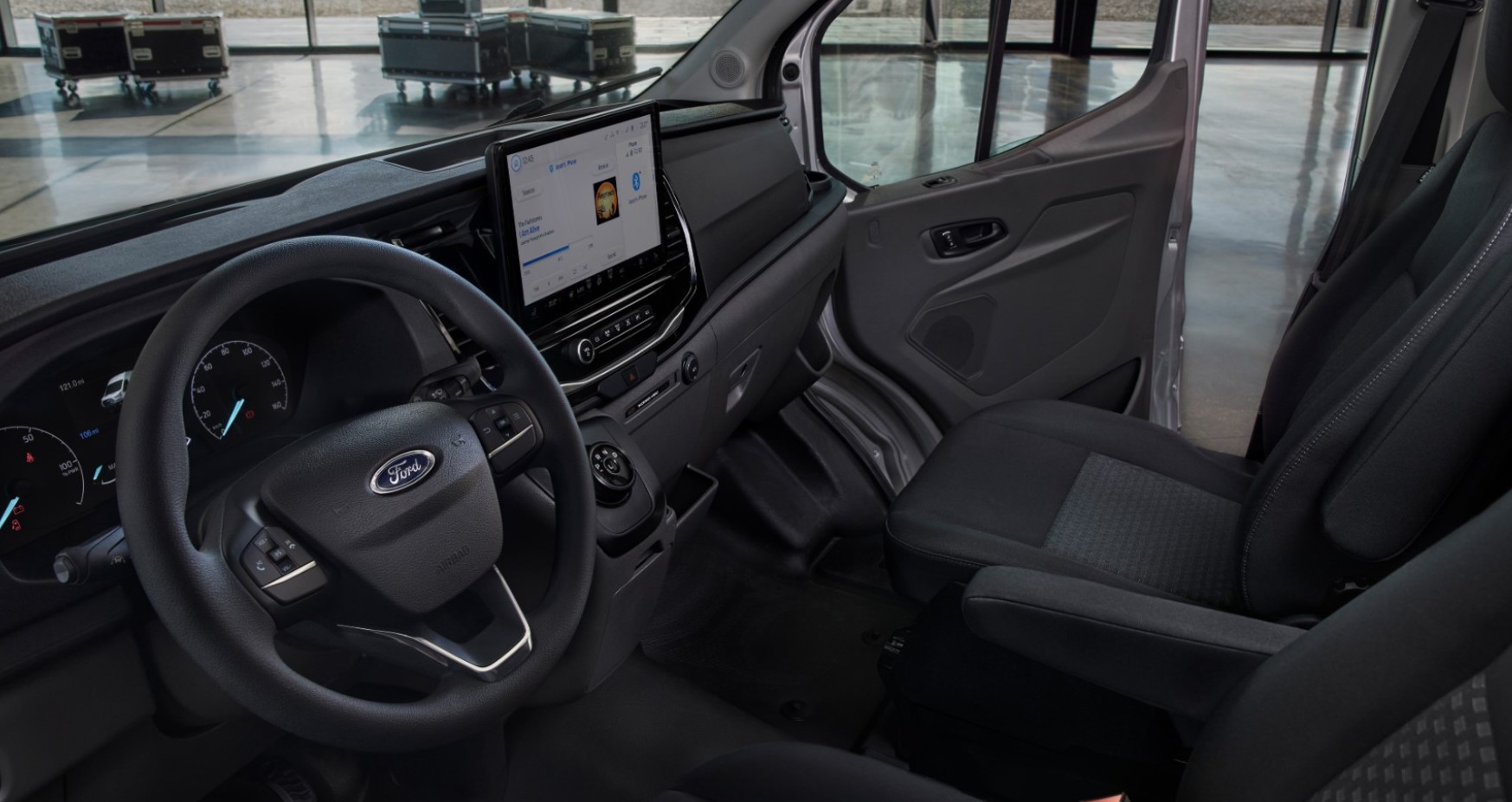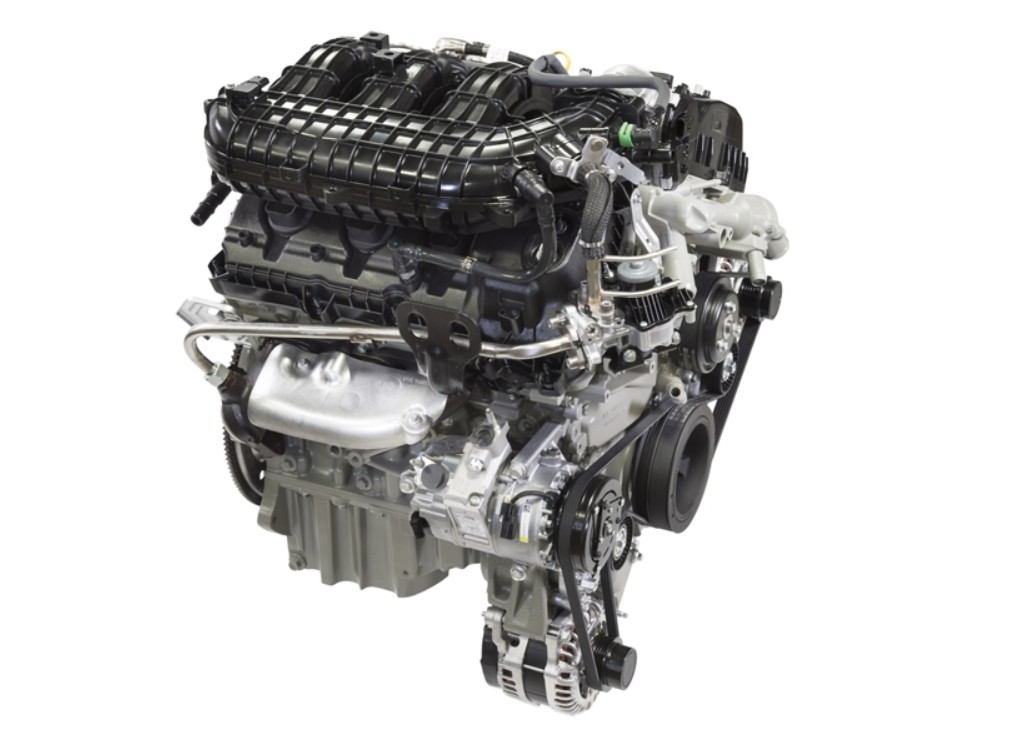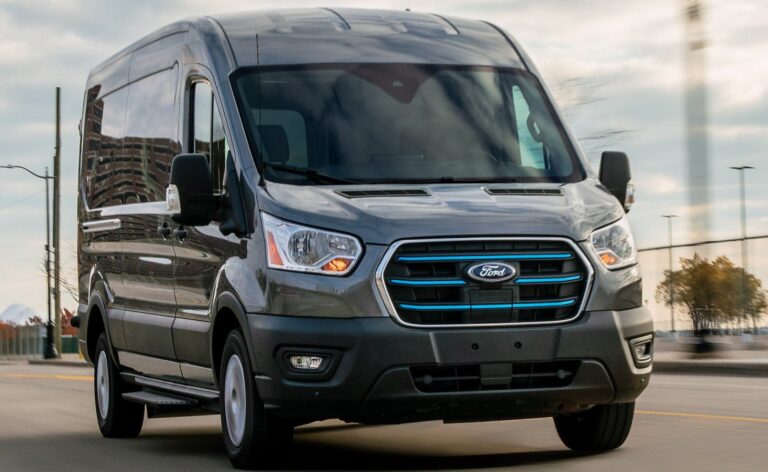2027 Ford E-Transit Cargo Van Redesign, Specs, Interior
2027 Ford E-Transit Cargo Van Redesign, Specs, Interior – The 2027 Ford E-Transit Cargo Van enters the commercial EV market with a fresh redesign that builds upon Ford’s growing electric lineup. For this new generation, Ford has focused on enhancing practicality, efficiency, and durability to meet the evolving needs of businesses. The exterior adopts a slightly more aerodynamic shape compared to its predecessor, with a sleeker front fascia, improved grille shutters, and an integrated lighting signature that signals its fully electric identity. Ford’s designers have clearly prioritized reducing drag while retaining the boxy cargo-friendly dimensions that fleet operators demand. 2027 Ford E-Transit Cargo Van Redesign
2027 Ford E-Transit Cargo Van Redesign and Update Plan
Exterior & Interior
On the outside, the 2027 Ford E-Transit Cargo Van keeps the familiar silhouette that has made the Transit line a global commercial success. However, subtle refinements elevate its professional presence. The LED headlights are slimmer and more efficient, while the front bumper has been reshaped for durability and serviceability. Side panels are smoother, reducing drag and improving overall efficiency, while optional aerodynamic wheel covers further enhance range. Buyers can also choose from a wide array of factory colors, though Ford emphasizes its traditional fleet-oriented palette with customizable branding surfaces.
Inside, the cabin of the 2027 E-Transit is a notable leap forward. The dashboard has been redesigned with a more driver-focused layout, integrating a massive 13-inch SYNC 4 infotainment screen as standard. The system supports wireless Apple CarPlay, Android Auto, and an expanded suite of Ford Pro fleet management tools. Digital instrument clusters provide critical driving data, including real-time range predictions, regenerative braking status, and fleet telematics integration. Seating materials have been upgraded with more durable, eco-friendly fabrics, designed to handle constant use while maintaining comfort during long delivery shifts.
Practicality defines the cargo area of the 2027 model. Ford has introduced additional tie-down points, improved LED cargo lighting, and expanded door opening angles for easier loading. Depending on configuration, the van can provide up to 487 cubic feet of cargo space, which rivals or exceeds its combustion-engine predecessors. The flat load floor, enabled by the battery’s underfloor placement, maximizes storage usability and reduces trip frequency for delivery-focused businesses.
The update plan for the 2027 model emphasizes modularity. Ford has confirmed multiple wheelbase lengths, roof heights, and body configurations, giving buyers the ability to select a model perfectly tailored to their operations. From small-scale delivery services to larger logistics companies, the E-Transit promises flexibility without compromising load capacity. The van also benefits from stronger structural reinforcements that support increased payload ratings, a major advantage for businesses that rely on heavy daily use.
Ford is also pushing connectivity and digital integration in the 2027 redesign. The E-Transit now comes standard with over-the-air update capability, allowing software improvements, diagnostic checks, and even feature upgrades without requiring downtime at a service center. This forward-thinking approach ensures that the E-Transit remains relevant throughout its lifecycle, offering fleet owners long-term value and reduced operating interruptions.
2027 Ford E-Transit Cargo Van Specs
Engine & Performance
The 2027 Ford E-Transit Cargo Van continues to be powered exclusively by electricity, but significant upgrades make it more capable than ever. The new model uses a dual-battery option system, with a standard 89 kWh pack and an extended 118 kWh pack for businesses requiring maximum range. Depending on configuration, Ford estimates driving ranges between 190 and 280 miles per charge, addressing one of the biggest concerns for electric commercial vehicles. Fast-charging capability is standard, enabling the van to regain up to 80% charge in about 35 minutes using a DC fast charger.
Performance is tailored toward practicality rather than raw speed, but Ford’s engineers have managed to deliver a balanced driving experience. The electric motor produces up to 270 horsepower and 317 lb-ft of torque, providing ample power for fully loaded conditions. Instant torque delivery makes city driving and stop-and-go routes much smoother compared to traditional diesel vans. The van also incorporates regenerative braking modes, including a one-pedal driving option that reduces brake wear and improves energy efficiency during urban routes.
Payload and towing capacities have also been increased. The 2027 E-Transit can handle payloads of up to 4,400 pounds, depending on the configuration, and towing capacity rises to 7,000 pounds. These improvements ensure that businesses transitioning from diesel-powered Transits will not be forced to compromise capability when adopting electric power. Combined with Ford’s focus on low running costs, this makes the E-Transit a serious contender in the commercial EV sector. 2027 Ford E-Transit Cargo Van Redesign
2027 Ford E-Transit Cargo Van Fuel Economy
As a fully electric vehicle, the 2027 Ford E-Transit Cargo Van eliminates traditional fuel consumption, replacing it with energy efficiency measured in MPGe. Ford projects the van will achieve the equivalent of 65–70 MPGe, depending on body configuration and load. This efficiency translates directly into lower running costs, especially when paired with Ford’s Pro Charging solutions designed for fleet depots. By leveraging overnight charging and smart energy management, operators can significantly reduce operational expenses compared to gasoline or diesel alternatives.
2027 Ford E-Transit Cargo Van Safety Features
Ford has outfitted the 2027 E-Transit Cargo Van with one of the most comprehensive safety suites in the commercial van segment. The van now comes standard with Ford Co-Pilot360, which includes automatic emergency braking, lane-keeping assist, blind-spot monitoring, rear cross-traffic alert, and adaptive cruise control. These driver aids significantly reduce the risk of accidents, particularly in busy urban delivery environments.
In addition to traditional safety systems, the E-Transit also integrates advanced driver monitoring technology. A built-in driver alert system tracks attention levels, issuing warnings if signs of fatigue are detected. Fleet managers can also access driver behavior reports through Ford Pro software, allowing companies to coach drivers toward safer practices. This dual-layer approach helps protect both drivers and valuable cargo.
The van’s structural integrity has been improved as well, with stronger crash structures and enhanced battery protection systems. Ford has conducted extensive testing to ensure that the battery pack remains secure in the event of an accident, minimizing risks of thermal runaway. Combined with a low center of gravity provided by the battery’s floor-mounted position, the E-Transit delivers a stable and predictable driving experience, even under heavy load. 2027 Ford E-Transit Cargo Van Redesign
2027 Ford E-Transit Cargo Van Release Date & Price
Pricing for the 2027 E-Transit will be competitive within the segment. Ford is expected to offer the base model around $52,000, while higher-roof and long-wheelbase models equipped with extended-range batteries could approach $68,000. While the initial cost is higher than traditional vans, federal tax incentives and state rebates for commercial EV adoption can bring the price down considerably. Additionally, reduced maintenance and fuel costs make the E-Transit an attractive long-term investment.
Ford has confirmed that the 2027 E-Transit Cargo Van will enter production in late 2026, with customer deliveries scheduled for early 2027. It will be built at Ford’s dedicated electric vehicle facilities, ensuring quality control and supply chain optimization. As commercial fleets increasingly push toward electrification, Ford’s updated E-Transit is well-positioned to become one of the most widely adopted electric vans in North America and beyond.
Conclusion
The 2027 Ford E-Transit Cargo Van is more than just an update—it’s a critical step forward for electrified commercial transport. With improved range, higher payload and towing capacities, stronger digital integration, and expanded safety features, Ford has created a workhorse that meets the modern demands of businesses. Its ability to balance efficiency, performance, and practicality ensures that the E-Transit will not only serve as a backbone for logistics operations but also play a leading role in the global shift toward zero-emission transportation.



